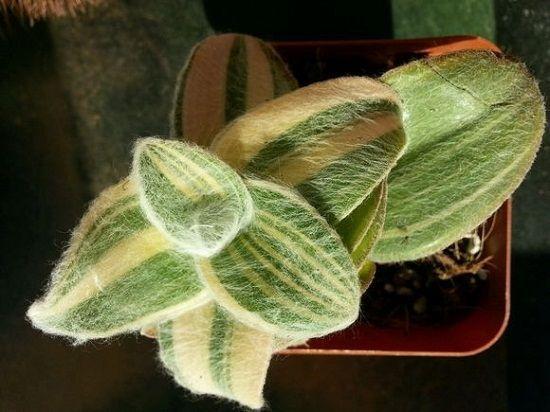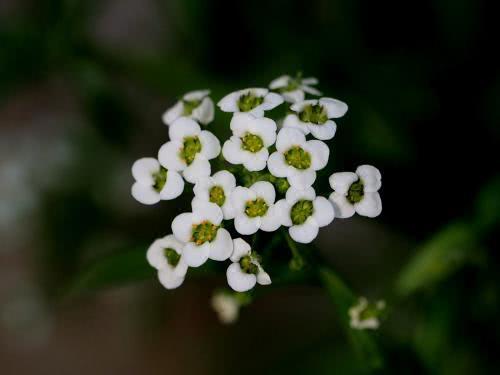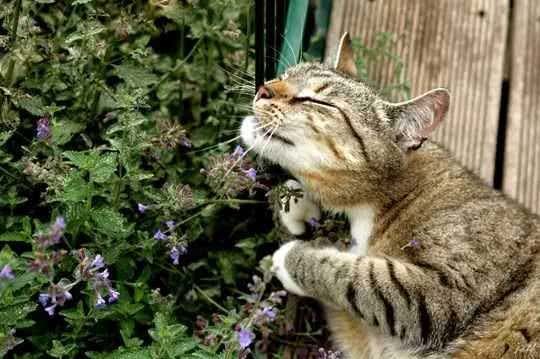How to cultivate white snow brocade bonsai properly? Pay attention to these four points. This kind of meat can be raised well

Paek Sul Hui brocade, as one of the succulent plants, is relatively rare in our life, and its plant surface is covered with a layer of fluff, which gives people a certain sense of permeability under the condition of light. At the same time, its flowers are also very lovely, the flowering Paek Sul Hui brocade will bloom pink and triangular flowers, very distinctive. So what problems do you need to pay attention to if you want to cultivate a good Paek Sul Hui brocade?
I. cultivation of Paek Sul Hui brocade
The cultivation of Paek Sul Hui brocade is often carried out by sowing and reproduction, and sometimes it will be planted by ramet propagation, while the potted Paek Sul Hui brocade is more manageable by using seeds. Prepare an appropriate amount of Paek Sul Hui brocade seeds. Before sowing, the seeds need to be thoroughly washed and placed in a place with a suitable temperature to dry for a period of time.
The reason for this is that the treated seeds are easier to germinate, otherwise the seeds may have to wait a month or even longer to germinate. After the seed germinates successfully, the management of the seed can not be relaxed at this time. Before the plant grows leaves, the pot plant should be placed in the semi-shade to grow for a period of time. After a few weeks, the plant will grow a small amount of true leaves. Can enter the daily management.
II. Maintenance of Paek Sul Hui brocade
1. Soil condition
Paek Sul Hui brocade must grow in a more fertile soil with good drainage capacity. If the soil quality of Paek Sul Hui brocade culture soil is relatively general or poor, it will often make the growth of Paek Sul Hui brocade less smooth. For example, plants can not grow tall for a relatively long time, poor ornamental, dim leaves and less flowering and other problems. Therefore, it is very important to choose good soil as the basin soil of Paek Sul Hui brocade, and the basin soil can not be used for more than two years, because the soil condition at this time is already poor, in order to ensure the good growth of Paek Sul Hui brocade, the basin soil must be replaced regularly, preferably every other year or so.
two。 Lighting requirement
Paek Sul Hui brocade is extremely stringent on the lighting requirements, because it can not accept too strong light, so the location of the pot is particularly important. If in autumn and winter, in addition to ensuring that the temperature of the environment is in a warmer range, the plant can be exposed to light for a long time, while in summer, the situation is just the opposite, especially in the afternoon when the sun is very strong. Paek Sul Hui brocade cannot grow under this condition, so the pot must be placed in a cool, well-ventilated place to grow. Otherwise, plants are very likely to be burned by the sun, when the situation is serious, it will often have an irreversible impact, so we need to take good care of it.
3. Watering requirement
Paek Sul Hui brocade, which is in the seedling stage, generally needs more water and should be watered every two to three days. When watering, it is necessary to avoid directly sprinkling the water on the plant itself, otherwise the water on the plant is not volatilized in time, and it is easy to cause decay. In addition, rice washing and tea can not be used as water for Paek Sul Hui brocade in daily life. if used for a long time, it will not only be extremely disadvantageous to the growth of plants, but also do great harm to the soil, making the soil prone to hardening.
4. Fertilization conditions
Paek Sul Hui brocade has a general demand for nutrients. Usually, fertilization can be carried out every half a month or so to ensure the normal growth of plants. Do not apply too much fertilizer even if it is less, because excessive fertilization will keep rainy fertilizers in the soil, and plants can not absorb them in time, which can easily lead to root rot. Therefore, this is what we need to pay attention to in our daily management.
- Prev

It's good to watch by the side of the road. What should I pay attention to when a fragrant snowball turns into a domestic bonsai?
Fragrant snowball is often called small white flower, its plant shape is not high, the adult plant height is about 30-40 cm, originated in the Mediterranean region, after introduced into Jiangsu, Hebei, Zhejiang and other places have been widely planted. Incense.
- Next

Magic mint cat mint can even conquer a tiger, you know? What kind of plant is this?
Many cat owners will buy a kind of artifact, that is, cat mint, cat mint is a cat artifact. Because the cat and her smell will make the cat very excited, stimulate the cat's senses, will become dancing.
Related
- Wuhan Hospital Iron Tree Blooming Result Was Instantly Frightened by the Gardener Master
- Which variety of camellia is the most fragrant and best? Which one do you like best?
- What is the small blue coat, the breeding methods and matters needing attention of the succulent plant
- Dormancy time and maintenance management of succulent plants during dormancy
- Minas succulent how to raise, Minas succulent plant pictures
- What are the varieties of winter succulent plants
- How to raise succulent plants in twelve rolls? let's take a look at some experience of breeding twelve rolls.
- Attention should be paid to water control for succulent plants during dormant period (winter and summer)
- Watering experience of twelve rolls of succulent plants
- Techniques for fertilizing succulent plants. An article will let you know how to fertilize succulent plants.

